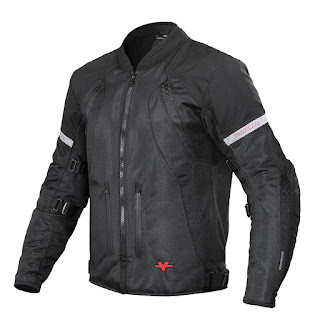Finding Your Perfect Fit: A Guide to Motorcycle Helmet Selection
Your motorcycle helmet is your first line of defense in case of an accident. Choosing the right one is crucial for your safety and comfort. This guide will help you navigate the world of motorcycle helmets, ensuring you make an informed decision.
Understanding Helmet Types
The type of helmet you choose depends on your riding style
and preferences. Here's a breakdown of the most common types:
Full-Face Helmet: Offers maximum protection, covering your
entire head and face. Ideal for sport bikes and touring.
Modular Helmet: A versatile option that can be converted
from a full-face to an open-face helmet. Suitable for various riding
conditions.
Open-Face Helmet: Provides head and jaw protection but
exposes the face. Popular for cruisers and city riding.
Half Helmet: Offers minimal protection, covering only the top
of the head. Best for short rides or specific riding styles.
Off-Road Helmet: Designed for dirt biking and motocross,
featuring a larger visor and additional ventilation.
Safety Standards and Certifications
When selecting a helmet, prioritize safety. Look for helmets
that meet or exceed the following safety standards:
DOT (Department of Transportation): The minimum safety
standard for helmets sold in the United States.
ECE (Economic Commission for Europe): A European standard
known for its rigorous testing.
SNELL: An independent testing organization that sets higher
safety standards than DOT.
Always check for the certification label on the helmet to
ensure it meets your desired safety level.
Finding the Perfect Fit
A helmet that doesn't fit properly can be uncomfortable and
ineffective in protecting you. Follow these tips for a perfect fit:
Measure your head: Use a soft measuring tape to measure the
circumference of your head just above your eyebrows.
Try on different sizes: Helmets come in various sizes, so
try on a few to find the best fit.
Check the fit: The helmet should fit snugly but comfortably.
There should be no gaps between your head and the helmet.
Test the visor: Ensure the visor can be easily opened and
closed without obstruction.
Check the chin strap: The chin strap should fit securely
without being too tight.
Helmet Maintenance
Proper care extends the life of your helmet and maintains
its protective qualities. Here are some maintenance tips:
Clean regularly: Use a mild detergent and warm water to
clean the outer shell and liner.
Avoid harsh chemicals: Strong chemicals can damage the
helmet's materials.
Dry thoroughly: Allow the helmet to air dry completely after
cleaning.
Inspect for damage: Regularly check the helmet for cracks,
scratches, or other signs of damage. Replace the helmet if any damage is found.
Remember, your helmet is your guardian. Invest in a quality
helmet that fits well and meets safety standards. By following these
guidelines, you can ensure your head is protected on every ride.


Comments
Post a Comment